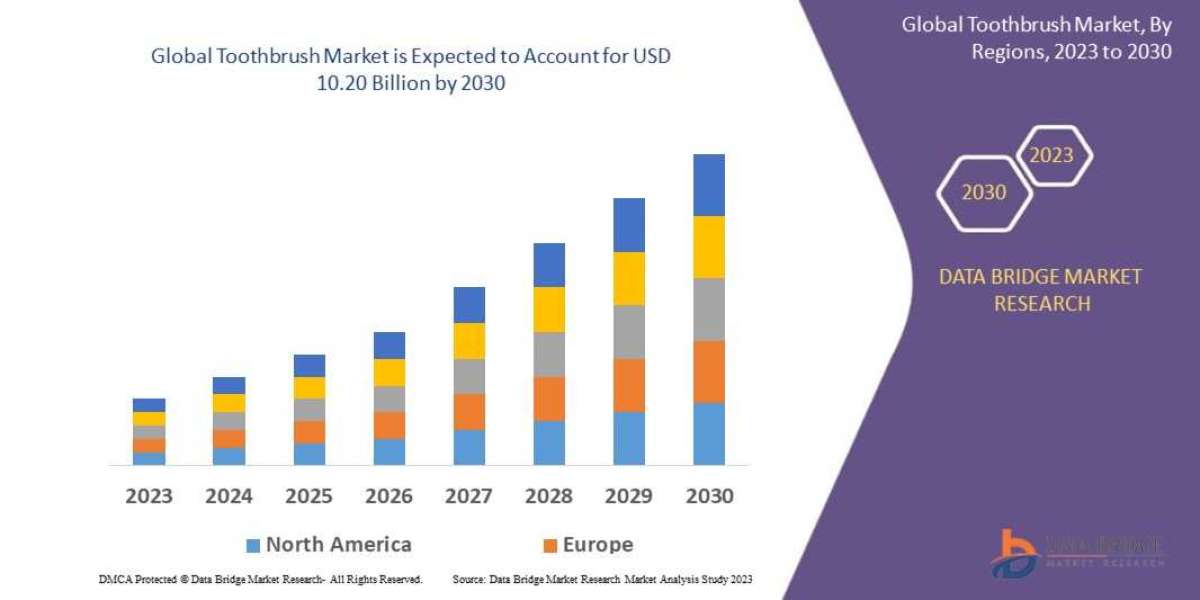In today’s digital landscape, social media platforms offer individuals, businesses, and influencers vast opportunities to build a following, enhance brand awareness, and drive engagement. However, the competitive nature of social media means standing out can be challenging. To gain quick visibility and reach more people, many turn to social media boosting services. These services promise to amplify your content by increasing engagement, followers, likes, or views. But the question arises: Is social media boosting a good strategy for online growth? In this article, we will examine the advantages and disadvantages of using social media boosting to help you make an informed decision.
What Is Social Media Boosting?
Social media boosting refers to the practice of using third-party services or paid tools to artificially increase social media metrics such as likes, comments, shares, views, or followers. Many platforms, including Facebook, Instagram, Twitter, and TikTok, offer paid boosting options, such as promoting posts or ads, to help users reach a larger audience. Alternatively, individuals and businesses may choose to buy engagement from external providers who deliver boosted metrics through automated bots or fake accounts.
The Appeal of Social Media Boosting
The primary draw of social media boosting is the immediate and often significant increase in visibility. By boosting your posts, you can gain exposure to a larger audience than your organic reach would allow. For businesses and influencers, this added visibility can lead to increased brand awareness, more traffic to websites, and potential sales conversions. Similarly, creators may see a boost in their follower count, which could enhance their credibility and social proof.
For individuals and small businesses looking to make a splash on social media, boosting offers a shortcut to growing an audience. If your content is engaging or if you're offering a new product or service, boosting can help generate the momentum needed to gain traction. For example, boosted content can help you appear on the “explore” page of Instagram or the “For You” page of TikTok, where many viral trends begin.
Additionally, boosting your content can help establish a sense of popularity and social proof. If people see that your posts are getting a lot of likes, comments, and shares, they may be more likely to engage with your content or follow you.
The Risks and Drawbacks of Social Media Boosting
While social media boosting can offer quick results, there are several significant risks involved. One of the biggest issues with boosting is the potential for fake or low-quality engagement. Many external boosting services use bots or inactive accounts to generate likes, comments, or follows. These types of engagements do not translate into real interactions, such as meaningful conversations or repeat visits. This can create a false sense of popularity but ultimately leave you with an unengaged audience.
Moreover, fake engagement can harm your credibility. Social media platforms, including Instagram and TikTok, have become increasingly sophisticated at detecting artificial engagement. If they catch you using boosting services, your account may be penalized with lower visibility, restricted reach, or even a ban. For example, Instagram's algorithm can identify bot-generated likes and comments, and if the platform detects suspicious activity, it may reduce the organic reach of your content.
Another downside of boosting is that it does not foster long-term growth. Building a genuine, engaged audience takes time and effort. Buying followers or engagement will not help you establish meaningful connections with your followers or keep them coming back. True success on social media comes from providing consistent, valuable content that resonates with your target audience. Boosting might bring temporary attention, but without substance, it’s unlikely to sustain growth.
The Ethical Considerations
Social media boosting, especially when it involves fake engagement, raises ethical concerns. Some people see it as dishonest and manipulative, creating an illusion of success that doesn't reflect reality. This lack of transparency can damage trust with your audience, particularly if they discover that you’ve purchased engagement. For businesses and influencers who rely on authenticity to build relationships with their followers, this could result in lost credibility and even backlash.
Alternative Strategies for Sustainable Growth
Instead of relying on social media boosting, focus on organic growth strategies that help you build a genuine, engaged community. Creating high-quality, relevant content that appeals to your target audience is the most effective way to build lasting relationships and foster engagement. Posting consistently, engaging with followers through comments, and using effective hashtags are all ways to grow your presence naturally.
Collaborating with other creators, influencers, or brands in your niche can also help expand your reach. Running contests or giveaways can encourage organic engagement and attract new followers. Additionally, utilizing analytics tools to track performance and adjust your strategy will allow you to improve your content over time.
Conclusion
In conclusion, while social media boosting can provide a quick boost in visibility and engagement, it is not a sustainable or effective long-term strategy for online growth. The risks of fake engagement, penalties from social media platforms, and damage to your credibility make boosting a questionable practice. Instead, investing time and effort into organic growth through valuable content creation, consistent engagement, and community-building will lead to long-lasting success on social media. Focus on authenticity and connection to build a loyal, engaged audience that supports your brand or personal presence.







